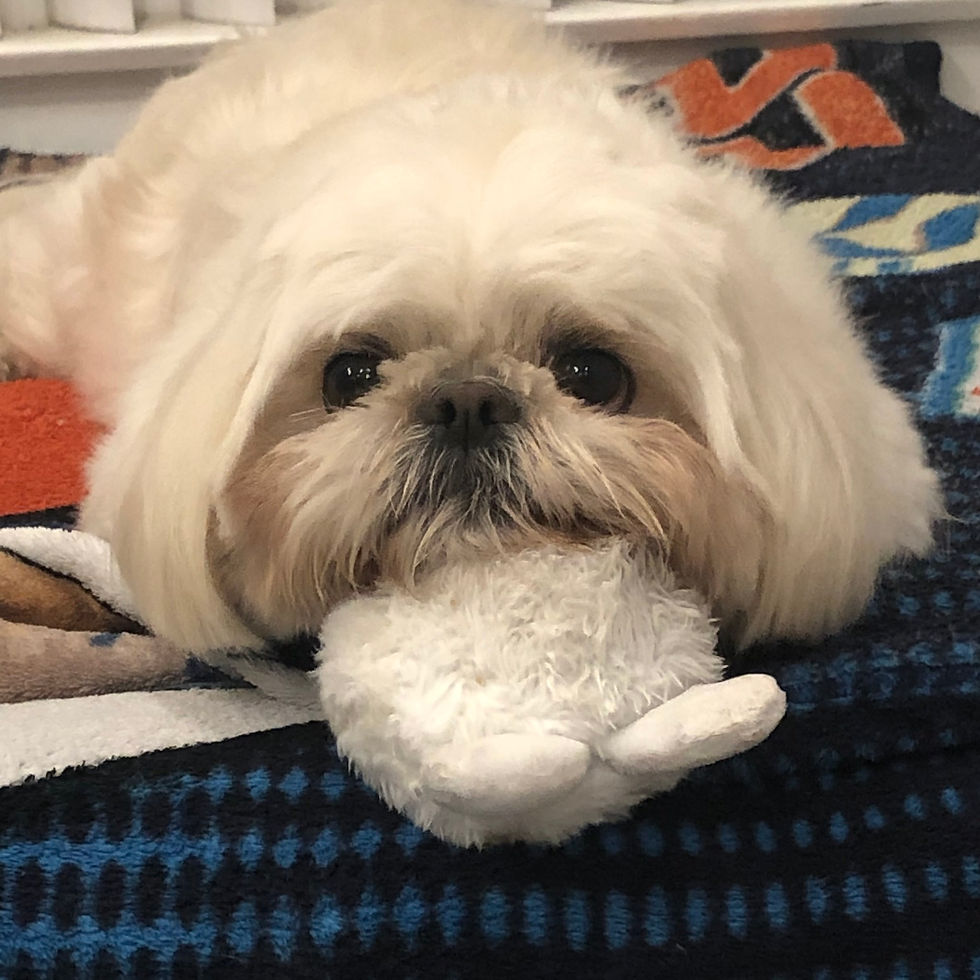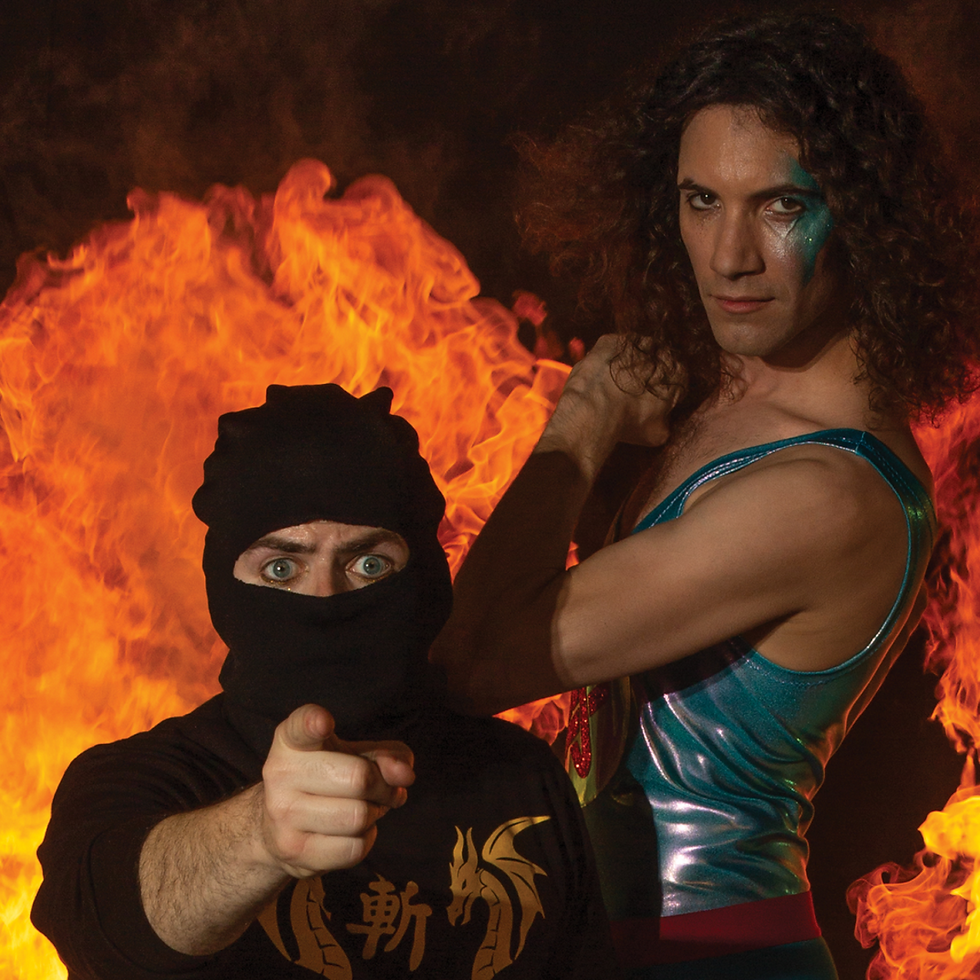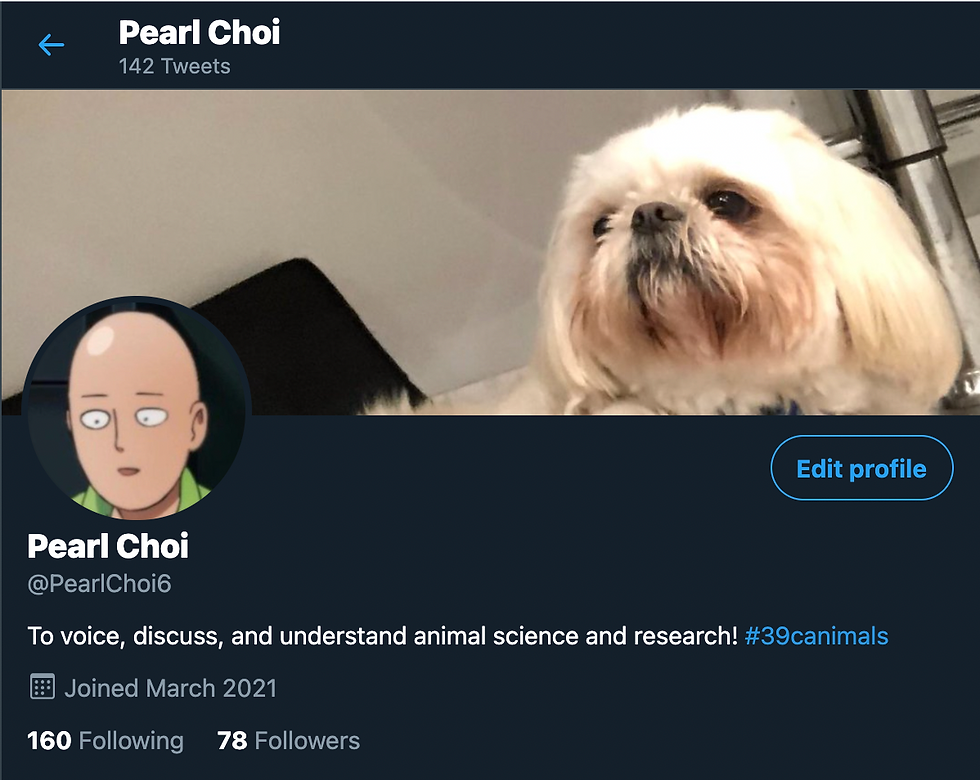Animals from the Inside-out
- pearlsc
- Apr 11, 2021
- 3 min read
Reading through these TIME articles and deep diving into humans' relationships beyond the ones they've domesticated really has further deepened my appreciation for animals in general. For the most part prior to reading any of the articles, I already came in with respect for animals, wanting to simply value their lives as much as I value others'. Despite the difference in species, to the very core, an animal life is still a life. However, I never gave it much further thought than that. My family owns three dogs. I love seeing birds drop by to my home's yard. My mom prides on the goldfish and koi fish swimming in our pond. I'm never bored seeing the numbers of stray cats that pass by. So what was in an animal's life that my human-centered human mind still valued? Sure enough the TIME articles opened up windows for me to glimpse and see for myself as to exactly why animals mattered in the first place and what we as humans had always shared with them. The main idea that struck me the most was Kluger's article about animal grief and how they mourned. In this article, Kluger writes: "[Animals] form relations that for them can appear to be every bit as important as ours are to us..." (55). Pain and suffering is the most raw, mutual experience humans share with animals and at the end of the important relations built in life, no matter how long they last, are taken away by death. Even in Kluger's article "Intelligence", one specialist observes, "The ability to suffer, he argued, is a great cross-species leveler, and we should not inflict pain on or cause fear in an animal that we wouldn’t want to experience ourselves” (10). The points regarding grief and even fear left an impression on me and reminded me of a personal experience with my one of my own dogs, Oppa. My family raised Oppa since puppyhood and before even turning one year old, he was suddenly attacked one morning by a coyote. My family and I had been away and he was being watched but then left outside by my grandmother. A puppy so young was most likely doomed to have been eaten then and there or die from the bleeding, but he miraculously pulled through. But Oppa left with immense scars. Coyotes prey on small animals, often going for their throats to puncture the windpipes and trifle the prey's breathing. My family came to see a Frankenstein-ified version of our puppy, complete with stitches across his swollen neck and tubes to drain his wounds. I remember crying walking into the clinic and seeing his condition, but more importantly, he still remembered us. Upon seeing us enter the room, his tail started to wag and the veterinarian noted it was the first time he had done that since the attack. I can't exactly pinpoint how important this visit was, but I want to believe it was a mix of mutual fear in losing each other and mutual joy in finding one another again as a family.

Here's a recent picture of Oppa living his best life and his chin rested on one of his many squeaky toys. Even years later and two more dogs joining the house, Oppa is the first dog to truly be part of our family. Safina's Prologue goes into narrating his thought process while observing animals and trying to understand how and why humans have built an artificial barrier between themselves and animals. Like the TIME articles, the author directs attention to how science almost dehumanizes animals, refusing to acknowledge or question animals' identities and intelligence. This view of animals goes beyond science's cold eyes as Safina further draws attention to how humans naturally view the world by measuring it to humans themselves. This idea can be related back to Franzen's "Why Birds Matter" in which Franzen discusses how birds are looked as the indicators of ecological health when this very method of measurement is actually a perfect indication of "the health of our ethical values" (41). The human race doesn't also see themself as a human animal. Humans view animals from the outside-in but their understanding changes for the ultimate better if they can shift to an inside-out view of the world.



Hi Pearl! Wow, it seems like animals are heavily involved in your life. I wish my family could also keep a pet, for example a cat.
Hi Pearl, I enjoyed reading your blog! Your story about how Oppa survived a coyote attack but still remembering you and your family after being “Frankenstein-ified” (great word by the way) displays animal emotion and consciousness; also I am glad Oppa is living his best life! On top of this, what caught my eye was the sentence, “science almost dehumanizes animals” as I never thought about it that way. I can see how, with science, we humans make a gap between us and animals so large that of course it is easier to say that animals are not intelligent or don’t have emotions; hopefully we can bridge this gap and validate animal intelligence and consciousness in the near future.